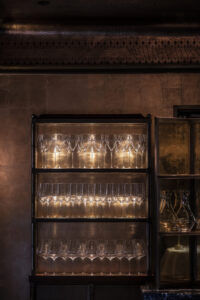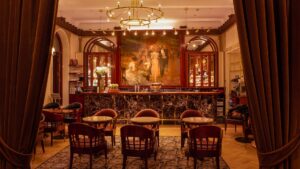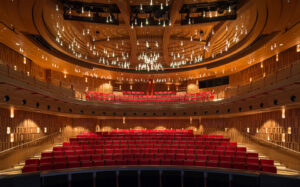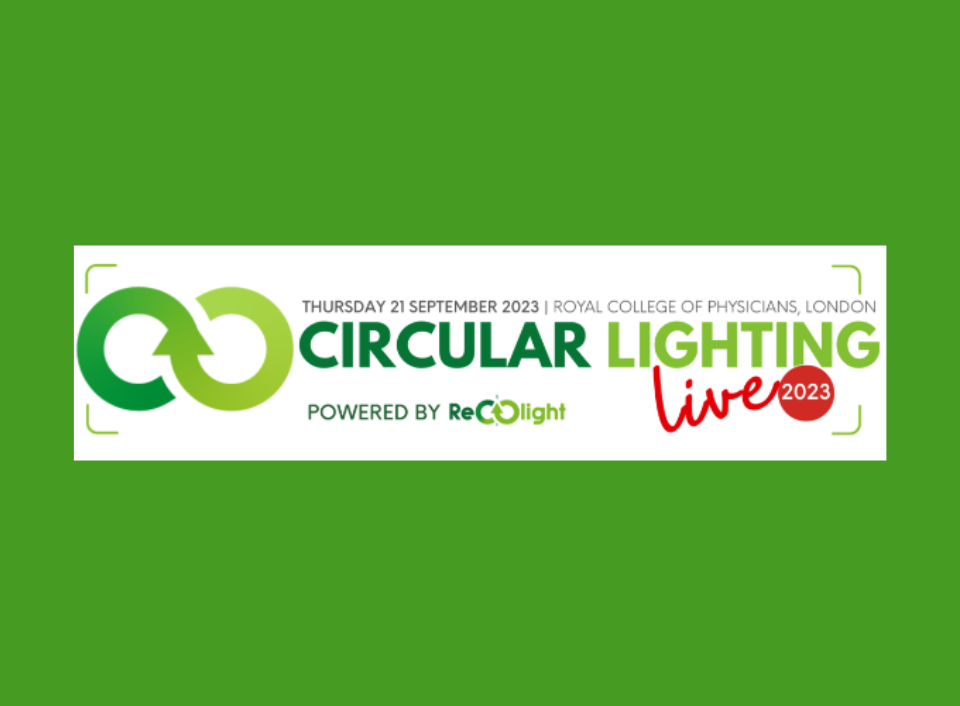
Restaurant 1890
Project: Restaurant 1890 Lighting Designer: Victoria Jerram Interior Designer:Russell Sage Studio Photographer: Courtesy of Gordon Ramsay Restaurants

Project: Restaurant 1890 Lighting Designer: Victoria Jerram Interior Designer:Russell Sage Studio Photographer: Courtesy of Gordon Ramsay Restaurants

Bar of Hotel Kämp in Helsinki has new elegant appearance. They designed lighting to bar and entrance in this building full of history.
Oslo, Norway, 7 May 2024: Glamox, one of the world’s leading lighting companies, is helping Borås Energi and Miljö AB, a major provider of renewable
2024 marks my 45th year in the lighting industry and what a ride it’s been. As a graduate in Delft in the Netherlands with a

The new building for the Royal Academy of Music houses the Susie Sainsbury Theatre for Opera and Musical, the Angela Burgess Recital Hall (studio stage)

Project: Amanyara Lighting Designers: The Flaming Beacon Architects: Denniston International Architects and Planers Island Planning Corporation Photographer: Lloyd Inwards Location: Turks and Caicos

“Early bird” pricing closes on 30 April. By registering early for IALD Enlighten Europe 2023, you’re not only saving on the cost of your badge

After a long hiatus, the highly anticipated Enlighten Europe conferences are finally making their return to the European continent in 2023. This two-day event is

The Circular lighting live 22 conference and exhibition discussed how the lighting industry can make the circular economy a reality. In the room were 250 delegates, speakers,

Euroluce, the International Lighting Exhibition, is the biennial trade fair that, between technology and poetry, architecture and design, is a source of inspiration par excellence,

The iF DESIGN AWARD is one of the most prestigious design awards in the world – with entries from 57 countries in 2022. Owned by

LIT LIGHTING DESIGN AWARDS WELCOME SUBMISSIONS FROM AROUND THE WORLD. The LIT Design Awards ™ was created to recognize the efforts of talented international lighting

Now in its 40th year, the IALD International Lighting Design Awards is the longest-running award program that recognizes architectural lighting design excellence. Receiving an IALD